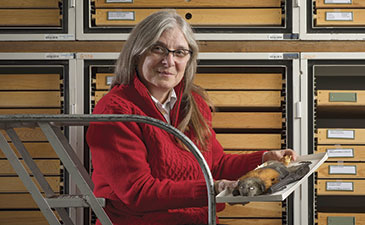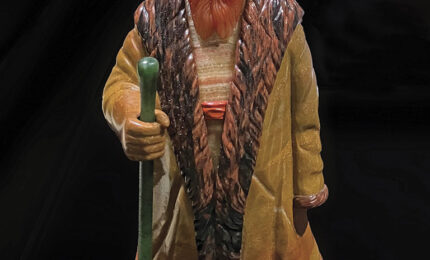
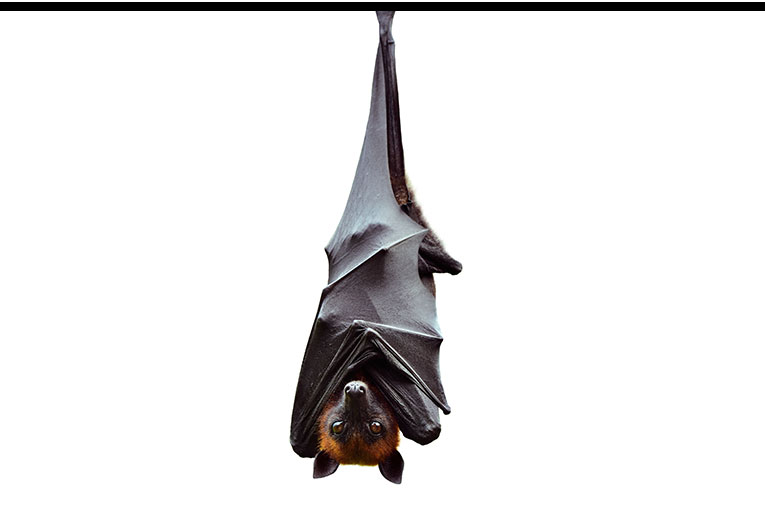
Lyle’s flying fox (Pteropus lylei)
Spooky and special: There are more than 1,400 species of bats, and they can be found on every continent except Antarctica. Only three species suck blood. Most eat insects—some bats can eat up to 2,000 insects each night, saving many crops from being destroyed and reducing the need for pesticides. About 30 percent of bat species eat fruit, pollen, or nectar. Bananas, dates, coconuts, vanilla, and avocados all depend on bats for pollination.

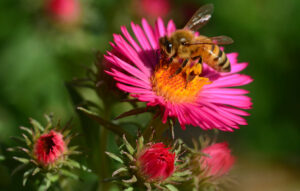
U.S. agriculture has become 48 times more toxic to honeybees, and likely other insects, over the past 25 years, a study published in the journal PLOS One warns. The cause, the study asserts, is almost entirely the widespread use of a class of pesticides known as neonicotinoids, which when absorbed by plants are incorporated into all of their tissues—stems, leaves, pollen, nectar, and sap. This sharp rise in toxicity appears to match the acute declines in bees, butterflies, and other pollinators, leading some experts to caution of an impending “insect apocalypse.”

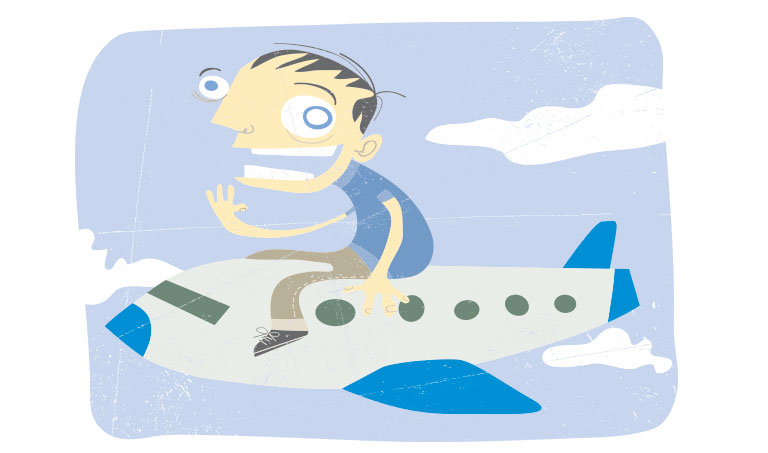
Flying makes people do weird things—science says so. A growing body of research shows that engine noise, cabin pressure, and stress can trigger physical and emotional changes that alter human behavior. Fliers cry more at movies in the air. High noise levels lower our ability to taste sweet things and draw us to other flavors, say researchers at Cornell. One of those flavors is umami, a savory taste category sated by tomatoes. Though tomato juice is a relatively unpopular drink on the ground, when the beverage cart rolls around in the air it’s in high demand.

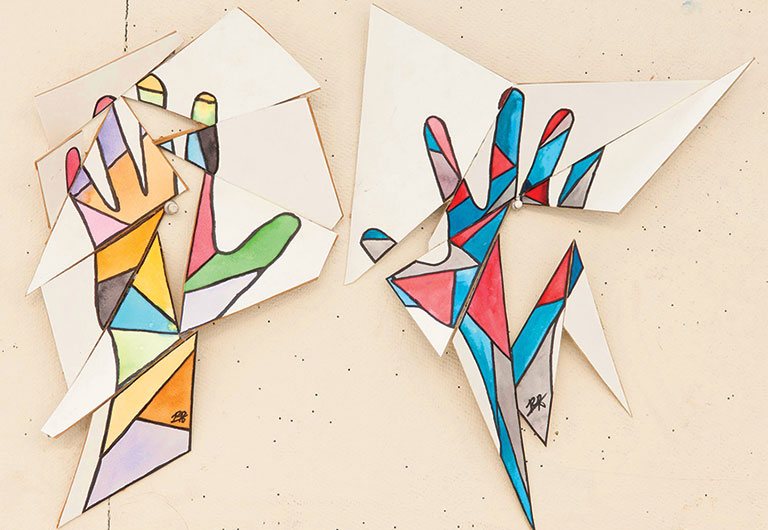
Low-income students who are highly engaged in the arts are twice as likely to graduate from college as their peers with no arts education, according to research by the National Endowment for the Arts.
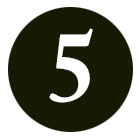
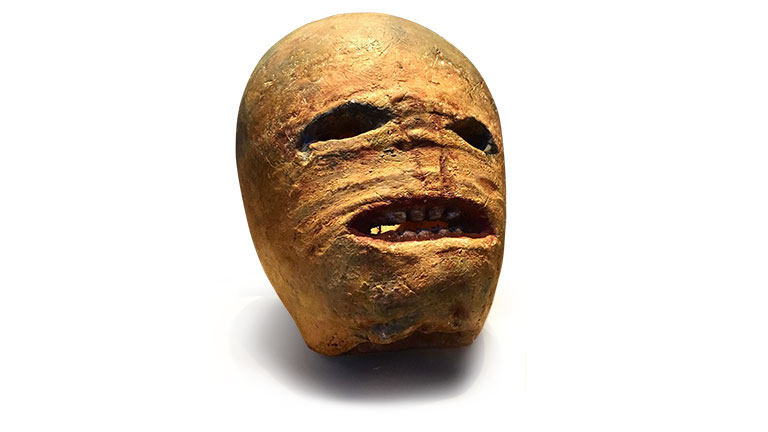
A traditional Irish turnip jack-o’-lantern from the early 20th century. Photographed at the National Museum of Ireland–Country Life.
The jack-o’-lantern tradition dates back centuries, when people in Ireland decorated turnips, beets, and potatoes to frighten away a mythical character named Stingy Jack. Irish immigrants brought the tradition to America, home of the pumpkin, and the popular fruit became an integral part of Halloween.

